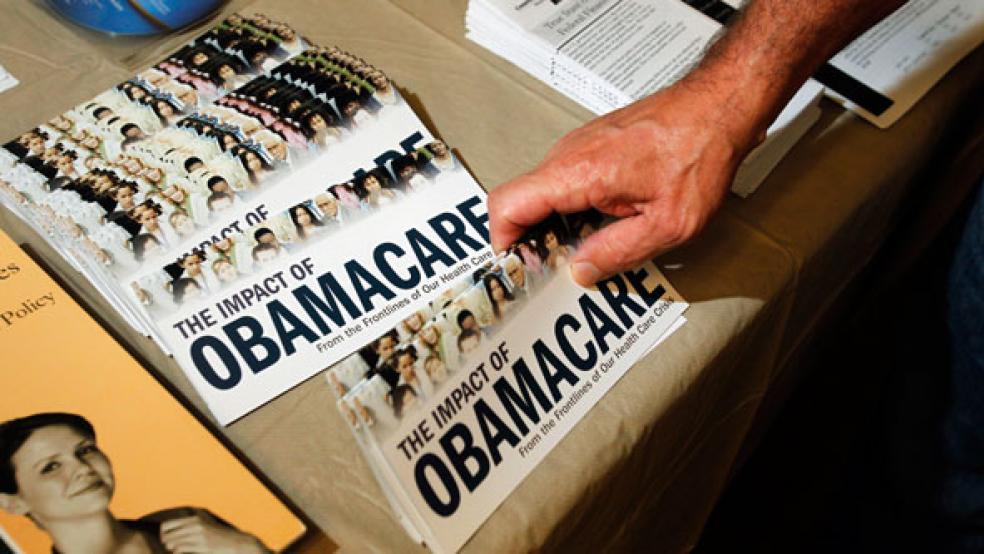The Affordable Care Act’s risk corridor program has drawn plenty of criticism from Republicans who have dubbed it a “bailout for insurance companies.” Sen. Marco Rubio (R-FL) even introduced a bill to entirely scrap the program, which is intended to offset insurance company losses for selling policies on new exchanges. Now, it turns out, a little-known technical flaw in the law’s language might do that for him.
In a blog post, The Incidental Economist’s Nicholas Bagley points out that the law’s vague language regarding the risk corridors may not give the Department of Health and Human Services the legal authority to fund the program.
Related: Obamacare Risk Corridors Spur Debt Ceiling Showdown
The law authorizes the risk corridors through 2016, however it doesn’t appropriate any funds.
That means in order to finance the program, it looks like Congress will need to get involved. (Remember the last time lawmakers took up ACA funding?)
If Congress doesn’t approve the funding, the government would not be able to pay insurers with higher than anticipated costs. However, a memo from the Congressional Research Service said that insurers with lower than anticipated costs would still be required to pay into the program-- CBO estimated that would be about $16 billion over three years.
Whether this will actually become a real issue is still unclear. Bagley says the administration might be able to fund the risk corridors through a “revolving fund that could be treated as budget neutral (and potentially avoid Anti-Deficiency Act problems).
“If it comes to that, my hunch is that the administration will read the ACA to establish a “revolving fund” for the risk corridor program. As explained in the “Red Book”— GAO’s bible of appropriations law—an agency that gets money from an outside source normally has to deposit that money in the federal treasury. Nothing comes out of the treasury without an appropriations statute. An agency with a revolving fund, however, can deposit receipts into the fund and then draw on those receipts as necessary to carry out the fund’s purposes. The risk corridor program, for example, could use the $16 billion that it receives from insurers to cover the $8 billion that it owes.”
However, as CRS notes, establishing a revolving fund would still require congressional action.
“Such a revolving fund could be established by Congress at some point in the future, including before the first payments from qualified health plans are due for plan year 2014,” the report said. “Nevertheless, until such time as that legislation is enacted, it does not appear that a revolving fund exists for purposes of receipts and payments.”
Top Reads from The Fiscal Times:





